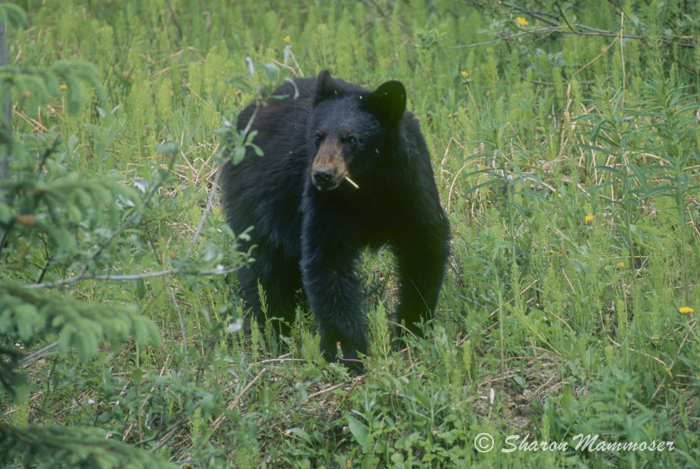 This week’s Creature Feature is the Black Bear, an animal I have gotten to see quite a bit since my Appalachian Trail thru-hike in 2008.
This week’s Creature Feature is the Black Bear, an animal I have gotten to see quite a bit since my Appalachian Trail thru-hike in 2008.
During my five month hike I saw 10 bears, although to be more accurate I might say bear butts as this is what I usually saw as they ran in the opposite direction.
There was one bear that I saw in Virginia that was up in a tree but the second I saw it and reached for my camera, he shimmed down the tree and took off like his butt was on fire. While on the AT I hung a bear bag each night so bears wouldn’t eat all of my food.
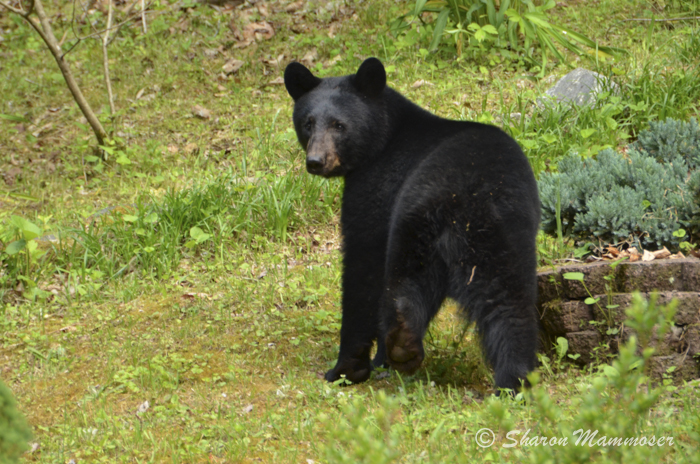
After my hike I moved to Asheville, NC and now live in the woods, at the bottom of a mountain on land adjacent to Pisgah National Forest. Seeing bears in the yard is not unusual, as is evidenced by the photo here of this bear who wandered in the yard and contentedly fed on discarded sunflower seeds from the seed feeder. (The bird feeders are taken down each night)  Some people want to feed the bears but this is never a good idea as wild bears who become unafraid of people often end up causing trouble that results in their death or them having to be relocated. The best thing is to let them be wild.
Some people want to feed the bears but this is never a good idea as wild bears who become unafraid of people often end up causing trouble that results in their death or them having to be relocated. The best thing is to let them be wild.
Bill Bryson (in his humorous book about the AT) and others often make it seem like black bears are these big, bad creatures that we need to fear and avoid at all costs, but this is simply hype and not true at all.
In general, Black Bears are afraid of us and usually run the other way during an encounter. They will not usually attack unprovoked and don’t have people on their menu.
Here are some interesting facts about Black Bears:
1. The fact that I think is most amazing about Black Bears is that during the winter when they are sleeping, they don’t eat, drink, urinate or defecate! If other animals went without peeing for even a few days, they would be at great risk for fatal urea poisoning. And amazingly, a bear during its winter sleep does not lose muscle or bone mass, despite being completely inactive. During winter bears live completely on their fat reserves. Interestingly, bears are not considered “true” hibernators because their body temperature during sleep doesn’t drop in the way other animals’ body temperature drops.
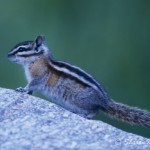
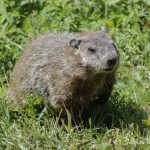
Animals like woodchucks and chipmunks who are true hibernators, can reduce their body temperature during hibernation to just above freezing and their heart rate goes down to only a few beats per minute.
2. Black Bears are the smallest of the three bear species in North America. Male Black Bears can weigh up to 600 pounds and females up to 200. It is called sexual dimorphism when the sexes differ in some recognizable way such as size or color.
3. Black Bears are omnivores, meaning they eat both plant and animal material. However 70-90% of their diet consists of grass, roots, berries,acorns, leaves, buds, caterpillars insects, invertebrates such as slugs, worms, snails, etc. In addition, they will eat carrion (dead animals), small mammals, frogs, fish, eggs, birds, fawns, and moose calves.
4. In late summer, they will consume up to 20,000 calories per day! Imagine if a person ate this much! This is in preparation for their long winter sleep, which in the north may last more than 6 months.
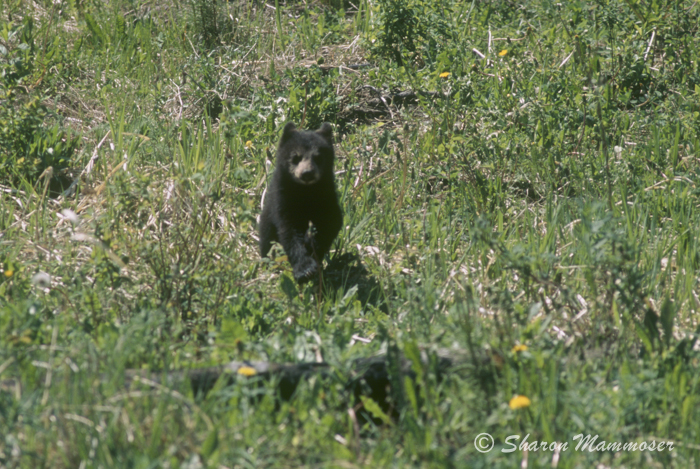
5. Females give birth to 2-6 cubs, usually 2-3, in their dens, during the winter. Cubs are born blind, deaf, toothless and helpless. They will remain with their mothers for two years. Females give birth every two years or earlier if their cubs die. 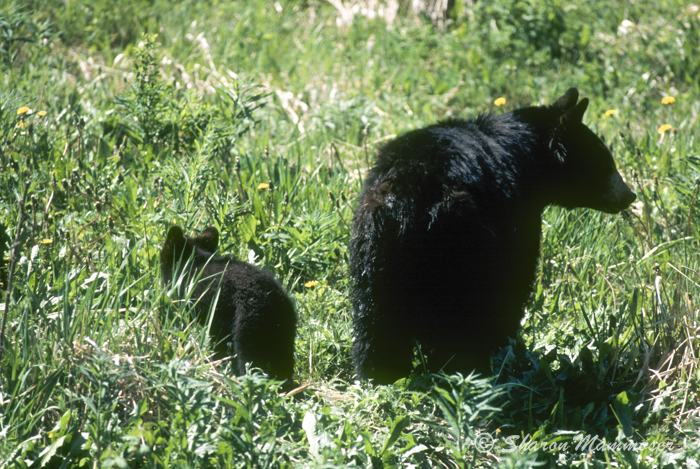
6. Bears have non-retractable claws that make them excellent climbers. When encountering a bear with cubs in the wild, she will often send the cubs up the nearest tree while she senses danger. When she determines that the coast is clear, she signals for the cubs to return to the ground.
7. The average life span of a bear where hunting is allowed is 3-5 years, though they can live for 20 years. Hunters and collisions with cars are their main challenges to overcome.
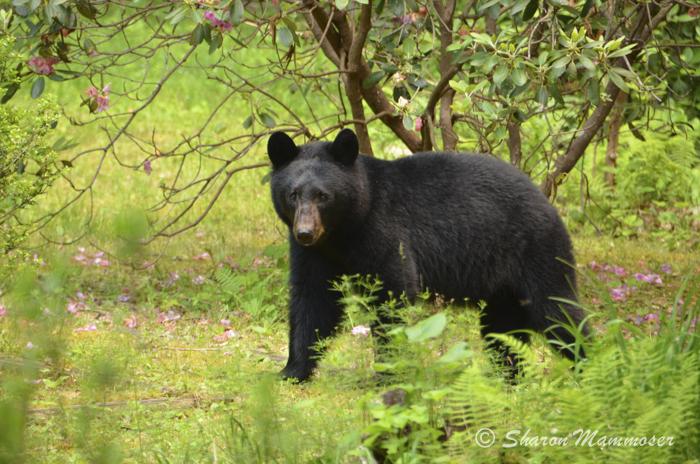 8. They say a “fed bear is a dead bear.” That’s because bears who grow used to handouts from people lose their natural fear. When this happens they often become nuisance bears, wandering into areas where they aren’t welcome and people may then be forced to shoot them.
8. They say a “fed bear is a dead bear.” That’s because bears who grow used to handouts from people lose their natural fear. When this happens they often become nuisance bears, wandering into areas where they aren’t welcome and people may then be forced to shoot them.
If you care about bears, PLEASE DON’T FEED THEM!
9. There are an estimated 600,000 Black Bears in North America. North America is the only place where Black Bears live in the wild.
10. In Eastern North America, Black Bears are the only bear but in places in the northwest and west, both black and brown/grizzly bears exist. (Brown bears and grizzly bears are the same bear. Though their name suggests they are brown, they can also be black.)Besides the fact that brown/grizzly bears are larger, other ways to tell these two apart are: Black bears have shorter front claws, they have longer and less rounded ears and Brown/grizzly bears have a distinct shoulder hump and a more flattened facial profile.
If you ever get a chance to see a bear in the wild, rejoice, rather than be afraid! You are lucky at having had the chance to witness a wild animal in its natural habitat. Bears are amazing creatures and deserving of our respect. They are not the mean animals some people would make you believe.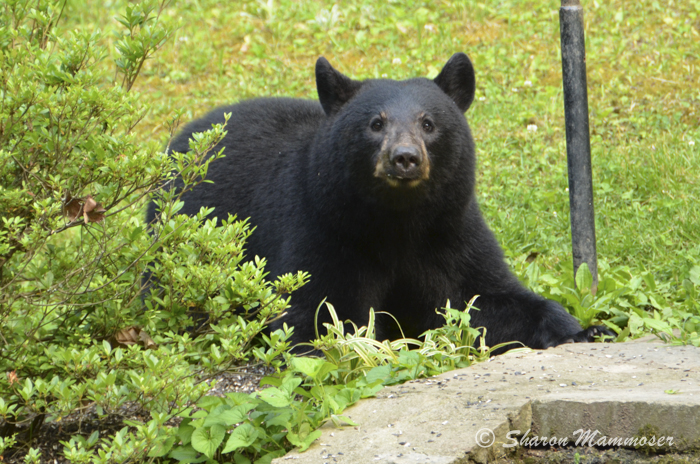
Resources:
The Wild Woods Guide by Doug Bennet and Tim Tiner, published by Harper Collins in 2003

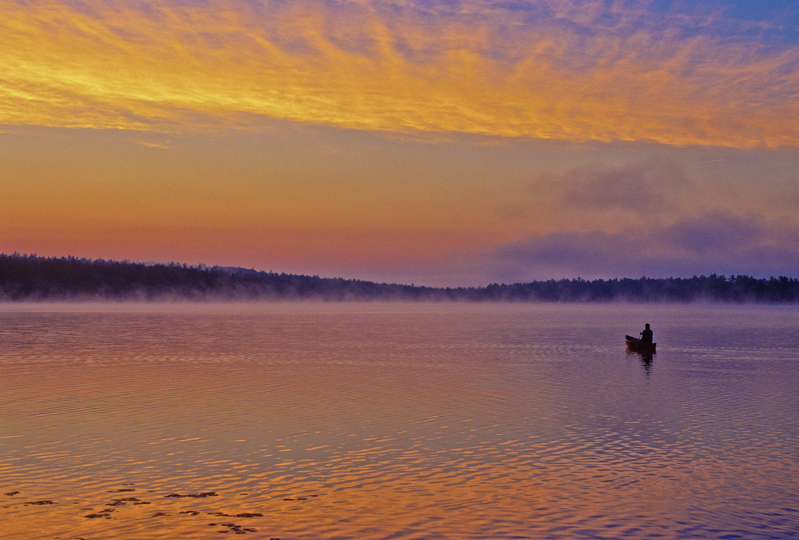
5 thoughts on “What do Black Bears NOT do all winter?”
Comments are closed.